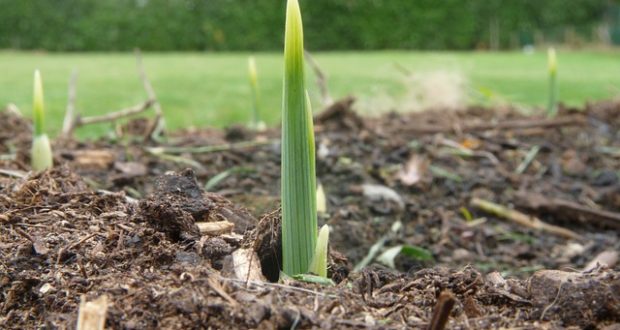Blog
I need spring preparation for gardening
If you live south of a certain latitude, your garden is already in the ground and your growing season is pending. However, many of us in the north still dig out from winter snow and ice. Planting even crops, such as peas and spinach, may require a drill or chisel to loosen the soil if we could get to it at all.
Even if you can’t get your hands in the ground yet, there are many things you can – and you should – do now.
To get to Earth, when spring arrives in your region, a great idea is to make all plans, decision -making, inventory, shopping, preparation, repair and maintenance. Here are some details that will help you configure your own list of things to do to maximize pre -season readiness.
Spring Gardening Preps: Organize your area before planting
Imagine this year’s garden. Many gardeners add, change and improve the layout every year. I usually draw it on paper. Some things I try to remember in this undertaking include:
- Can you easily access it when you need it? Some people hold a “kitchen garden” near the house, which contains often used plants, such as herbs, lettuce and cherry tomatoes so that they can run and grab what they need to prepare a meal.
- Try to make the plants the most attractive to hungry wildlife in places the least available to them or in areas that you can protect the most. When planning vegetables for my plots, I try to avoid my favorite deer. When planting corn, I make sure that it is in a place near one of my fence chargers – in this way I can electrify the fence when the corn is ready for harvest and prevent the beating of sheds. Make sure they place crops that attract hungry flying pests in the area conducive to mesh or covering.
- Remember the needs of pollinators. Attach plants that will attract them without causing discomfort towards you or other people enjoying the garden.
- Consider accompanying planting. Some plants cope better in close proximity to others. For example, it is often said that a combination of beans, corn and squash is desirable.
- Think about the depth and composition of the soil. Plants that need greater acidity will not cope well in the section in which you rejected the ashes of the wood furnace, and the very long root cultivation, such as Masternak, will require a deep, soil -free soil scale for proper growth.
- Try to move things about a year. Various vegetable families use different nutrients in the soil and leave the rest. Placing tomatoes or rutabags in the same place from year to year can reduce performance or quality.
This new completely natural fertilizer doubles the production of the garden!
Spring Gardening Preps: Buy the right seeds and plants
After entering the plan, buy the necessary seeds. Do not hesitate at this point. Many seed catalogs are sold early, especially smaller and local ones. If you haven’t ordered seed packages, do it right away. If the ones you want are already sold out, not despair. High -quality local seed selection is often available for resale in small commercial greenhouses.
Remember that some of your vegetables should be planted from seeds, and other varieties should be started ahead of time in the room or in the greenhouse. Some may be made in both cases, depending on local conditions and personal preferences. Know which is and ready to implement. You can put on your own seeds or buy them all started with a greenhouse.
After appropriate spring gardening preparations, you can provide productive and abundant harvest this vegetation season. (Image source: pixabay.com)
If you plan to set up your own, remember that the pores and length of length should already be placed in February or March to get the best possible crops. Other vegetables can be started now or later in spring.
Spring Gardening Preps: Look everything
A supply of satisfaction. If you start your own seeds, make sure you have all the necessary trays and soils. Check the lights, bulbs and mats as well as repair or replace if necessary.
If you use a row cover, plastic litter, greenhouse plastic, landscape fabric or other materials that are multiple but do not last forever, look at your collection now. In particular, if you have forgotten rubbing or discover that the mice caused damage to it during the winter, you will want to replenish your supplies early, while in the stores there is still a good choice.
If you are still waiting for the earth to defrost, now there is a great time to get the garden tools and look at them. Sharpen, repair and replace if necessary.
Spring Gardening Preps: Prepare things outside
If you are able to access your gardens at this point, go outside.
- Clean leaves and pollution.
- Perform soil tests if you didn’t do it last autumn. Many people prefer autumn tests so that all changes can be made, but the spring test is better than the lack of test.
- If necessary, add compost and corrections.
- If necessary, repaired beds and garden structures.
- Get fences, posts and climbing bars in good condition.
- Greenhouses and tunnel structures. Tighten the tubes, replace plastic coverings and make sure that the heating and cooling elements are ready for the season.
Few projects are more satisfying than growing your own food, but each climate has its special challenges and advantages. If you want to grow vegetables, but live north, don’t let it slow down. Organize, stock up and now busy with a great season of traffic collections.
What other spring gardening preparations will you add to this list? Share your ideas in the comments section below:

